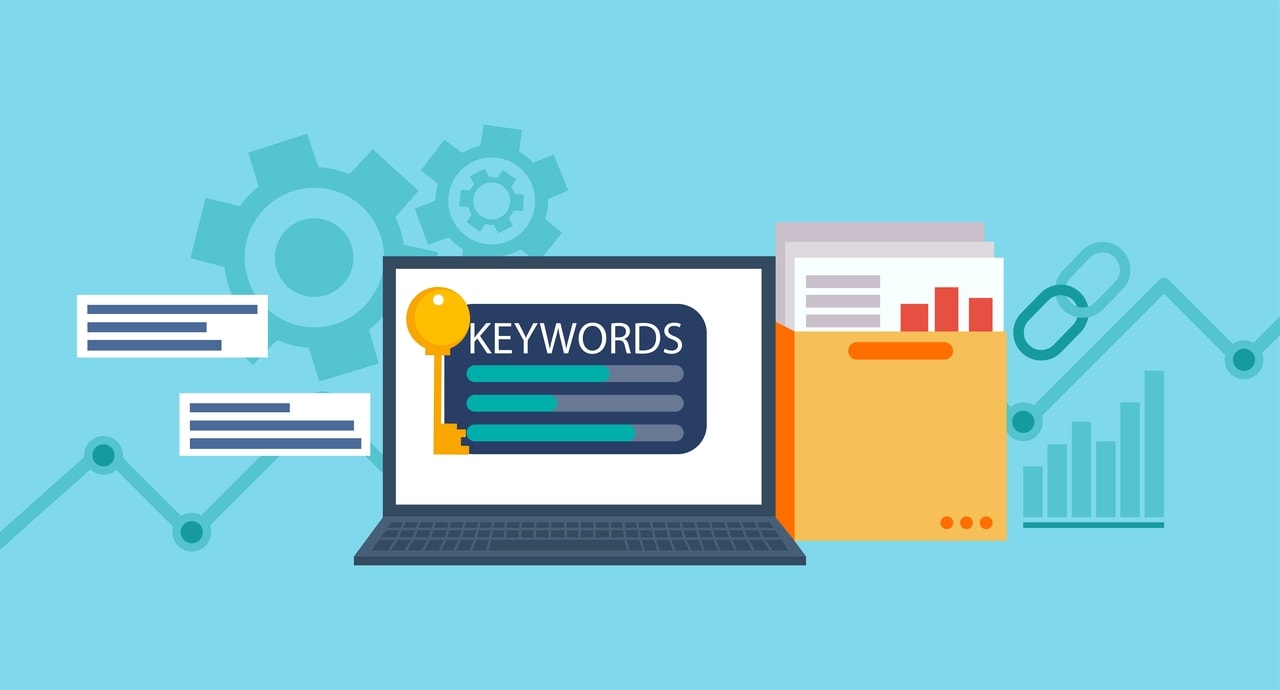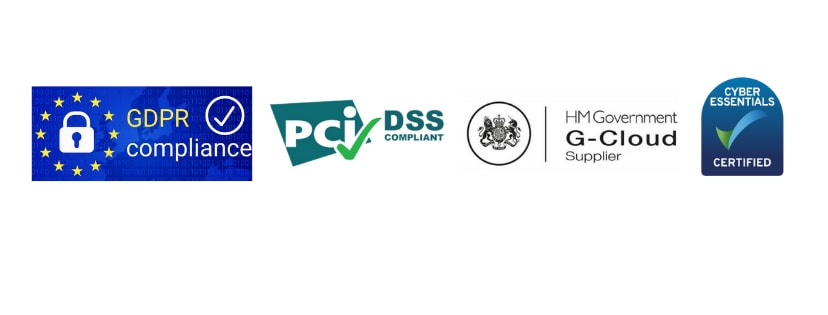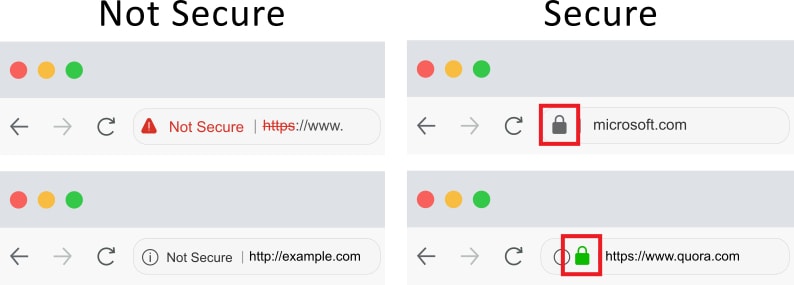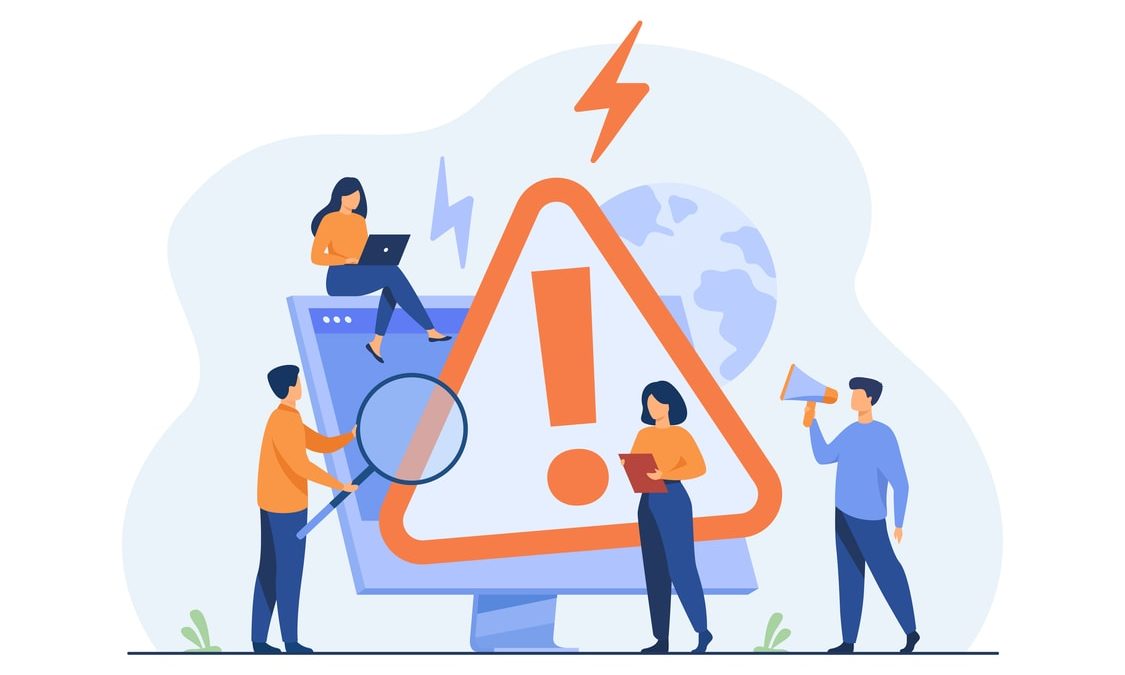It is a challenging situation for startups and new entrepreneurs to create an atmosphere of reliability on a new website. This era of technological innovation has brought cybercrimes as its byproduct. Millions of people lose money online every day on fake websites and get cheated by online scammers. People still blindly trust well-known businesses, but when it comes to a new website, users' minds become super vigilant at the time of engaging with it. Website visitors want to make sure the site is trustable before they provide their personal data, contact information, and payment card numbers. There are many things you should avoid when developing a search-optimized website. In this article, we have covered eight mistakes that you can easily avoid on new websites to retain customers’ trust. So, without further delay, let's explore!
8 Reasons People Don’t Trust Your Website
Mistake 1: Not displaying right trust badges and logos
Trust symbols mean small images that convey authoritativeness and reliability. Some of them you can simply copy-paste from the internet, some are available at a fixed price, and for others, you need to be qualified to get them. These images are eye-catching and work better than written words. This is how the trust badges look like.
Please make sure you make such logos yourself or give proper credit to the platform from where you copy them. Here are some security-related trust symbols. But you need to be qualified to get them. For example, in order to use a badge that indicates that the website is secured by a particular SSL/TLS certificate, you must have installed an SSL certificate of that brand. Here’s how security badges look like. Partnership with brands: If you have a partnership with well-known brands, or you provide services to reputed companies, don't forget to include their logos and names on almost every page of your website or in the footer. Below is an example of how credible your website can look with customers' logos.

Mistake 2: Deceptive content
Some startups are so keen to attract more traffic in a shorter run that they make mistakes in content planning and SEO strategy. 1) Fake Clickbait Content: Clickbait content means having exciting, high-promising content that grabs users' attention and induces them to click on it. Many times, only title and cover images show something exciting, but when users click on it, the promise is not delivered. For example, the title is "Click Here to Get Coupon for Flat 75% Discount on Entire Store", but when users click on it, it shows the coupon is expired or not working on a lot of items. In the same way, having blog posts title very lucrative but the actual information you provide in the content is outdated, not practical, or simply an advertisement of your product. Although such fake clickbait titles give you massive traffic in the short run, they will increase the bounce rate and users engagement. People will cease trusting your platform soon and it will adversely affect your overall business. 2) Keyword Stuffing: It means the targeted keywords are stuffed in the content, meta tags, meta description, titles, and backlink anchor text with the purpose of getting an unfair SEO advantage. There isn't a defined rule on how many times a keyword can be placed but it should look natural and not a forceful insertion. Check out this keyword stuffing example from Google: We sell custom cigar humidors. Our custom cigar humidors are handmade. If you're thinking of buying a custom cigar humidor, please contact our custom cigar humidor specialists at [email protected]. Although this idea might seem lucrative, it does attract the SEO penalty. But apart from that, your focus must be on making the content customer-friendly, and providing value to their experience, instead of fooling search engine bots; because in the end, you won't able to deceive the supersharp AI in the long run, anyways! Use tools like copywritely.com or georanker.com, or WordPress plugins like YoastSEO to make sure you are not doing keyword stuffing, even inadvertently.

3) Plagiarism: We can safely assume that you already know plagiarism attracts SEO penalties. But there are millions of pages on the internet and how do you know the content you are writing is not already written by someone else? To prevent unintended plagiarism, please use platforms link Copyscape or Grammarly Plagiarism Checker before publishing any content on your web pages, landing pages, and blogs. Please make sure you make the compliance logo yourself, use stock image with usage rights, or give proper credit to the source from where you copied it. Also, display disclaimers, terms and conditions, privacy policies, and cookies policies wherever applicable.
Mistake 3: Review manipulation
Do you know 40% of the people buy from Amazon because they trust the reviews written on it? It is obvious that you find it frustrating that someone put a negative review on your site. But when you delete the negative reviews or manipulate the user ratings, people will find it out gradually and will face trust issues with all the products on your site. One of the reasons people trust Amazon's review is that they know Amazon won't delete any negative review and the seller has no authority to alter anything. Resist yourself from deleting the negative reviews. Rather, reply politely and solve the issue by providing a free replacement, full refund, or coupons for future purchases. Keep this conversation/comments visible on the website so the prospective customers can see how you tackle the conflicts and provide excellent customer service. Plus, when one product has a low rating, people will automatically trust the ratings of the other high-rated products, recognizing that you are honest with the rating system. This practice will help you become an Amazon seller that people trust. Third-party review sites: Include reviews/ratings from Trust pilot, Shopper Approved, Yelp, Google reviews, Facebook, etc. Plus, there are some industry-related rating platforms well. For example, thedermreview.com for cosmetics, drugs.com, and webmd.com for pharma products, etc. Search for the sites related to your industry and highlight the good reviews on your site. Partnership with brands: If you have a partnership with well-known brands, or you provide services to reputed companies, don't forget to include their logos and names on almost every page of your website or in the footer. Below is an example of how credible your website can look with customers' logos.Mistake 4: No real person to highlight
Let's say the website looks cool and your business idea seems interesting. But people often want to know who are the real people behind the company. If they search about your business online and don't find a real person (owner, and employees) working in the company, it makes them suspicious about your firm. Always have a special page named "Team", "Meet Our Team", "Management Team", or something similar. Include key team members' images and a short bio. Highlight notable experiences, qualifications, degrees, and certificates earned by them. Also, link their LinkedIn profile pages. Instead of using stock photos, showcase images of the real employees, their group activities, celebrations, and working environment. This small step will a clear idea that the people behind the business are real, trustworthy, and qualified.Mistake 5: Not providing a quick support
We understand small businesses and startups have a tight budget. You can’t afford people to handle live chat and calls 24/7/356, and outsource this process. But when people are facing any issue, complaint, or question, they want someone to pay heed to them instantly. Luckily, there are some middle ways available in this dilemma. Use chatbots on your website and social media pages. They are easy to deploy and cost-efficient. According to a research, chatbot provided a 266% higher conversion than an average social ad! As per Twitter’s studies, one out of three (37%) people wanted to voice an opinion on a product or brand, and 25% contacted chatbots to enquire about the product. You see, these are pure leads that you will miss because there isn't anyone to reply to instantly. The chatbots will reply professionally, as per the latest AI. And if it can't solve the query, it will take the contact detail of the leads and assure them that someone will contact them within a couple of hours. It gives customers satisfaction that their query is registered and will be answered soon by a real person.Mistake 6: Not being compliant or not highlighting it properly
Not being compliant with the relevant data privacy, and security regulations (general and industry-specific) can be a fatal mistake. If your customer niche is tech-savvy, or any professionals belonging to some particular industries, they’ll make sure your business is compliant before taking things further. First of all, make sure you are compliant with the regulations like
Mistake 7: Missing a padlock sign
Many entrepreneurs have a dangerous misconception that they don't need a transport layer security (TLS) because they are doing financial transection using third-party platforms like PayPal, Google Pay, Amazon Pay, etc. So, it is their responsibility to protect customers' data. But's this is a big mistake due to two main reasons.1) Security: If a website visitor is inputting a single piece of data on your website, i.e., name, phone number, email address, physical address, etc., or financial information, it is your responsibility to protect that data. Even a simple "Contact Us" form contains data like which customers communicated with you and what are their concerns. Without TLS encryption, it is very easy for hackers to eavesdrop on this information and misuse it. If a data breach incident takes place, your business's hard-earned reputation will get ruined, and you'll face costly legal battles. 2) Trust issues: Without an SSL/TLS certificate, all browsers will show an ugly “Not secure” sign, right in front of your domain name. Do you think customers won’t notice it? Such signs shout out loud that your website is unsecured. It's better you immediately install an SSL/TLS certificate that removes the "Not secure" sign and replaces it with a green/grey padlock sign, which is the symbol of security and data protection.





